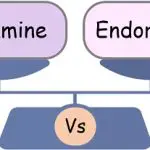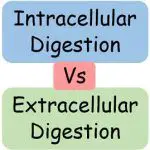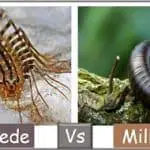To understand the importance of dopamine and endorphins, you must first know what are they! Our body is driven by certain chemicals that balance and manipulate the emotions we feel. Happiness, sorrow, pleasure, affection, etc. are the feelings that arise from these chemical messengers. Dopamine and endorphins are two of those same chemicals responsible for happiness and … [Read more...] about Difference Between Dopamine and Endorphins
Zoology
Difference Between Intracellular and Extracellular Digestion
The digestion process varies according to the level of complexity of the organisms. Living organisms exhibit two different methods of digesting food- intracellular and extracellular digestion. Single-celled organisms that lack proper channels to extract the nutrients from the taken food perform intracellular digestion. Here, the process of digestion occurs inside the cell, … [Read more...] about Difference Between Intracellular and Extracellular Digestion
Difference Between Neurosis and Psychosis
We divide psychiatry into Neurosis and Psychosis for a convenient outlook and thorough studies. The professionals assert that these two terms vary greatly concerning their symptoms, pathology, treatment and prognosis. We can understand that a neurosis is actually a group of light mental disorders. And they occur due to functional impairment rather than an organic cause. On … [Read more...] about Difference Between Neurosis and Psychosis
Difference Between Centipede and Millipede
Both centipede and millipede belong to the phyla Arthropoda and sub-phyla myriapods. The myriapod is a Greek terminology that means ‘Numerous feet’. And since the centipede is a hundred-legged worm while the millipede is a thousand-legged worm, therefore they fall under this category. The centipedes are flat flexible worms with approx. 100 legs. Their body has 15-100 … [Read more...] about Difference Between Centipede and Millipede
Difference Between Innate and Acquired Immunity
Our body comes in contact with millions of disease-causing pathogens throughout the day. But still, we are not ill or infected all the time. The credit for this goes to our immune mechanism i.e., our immunity. We have two sorts of immunity-Innate and Acquired. Both of them are very essential for the healthy survival and well-being of an individual. But they widely differ in … [Read more...] about Difference Between Innate and Acquired Immunity





